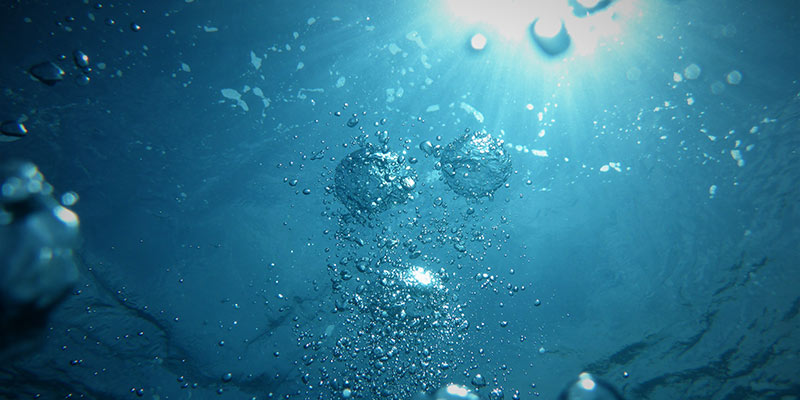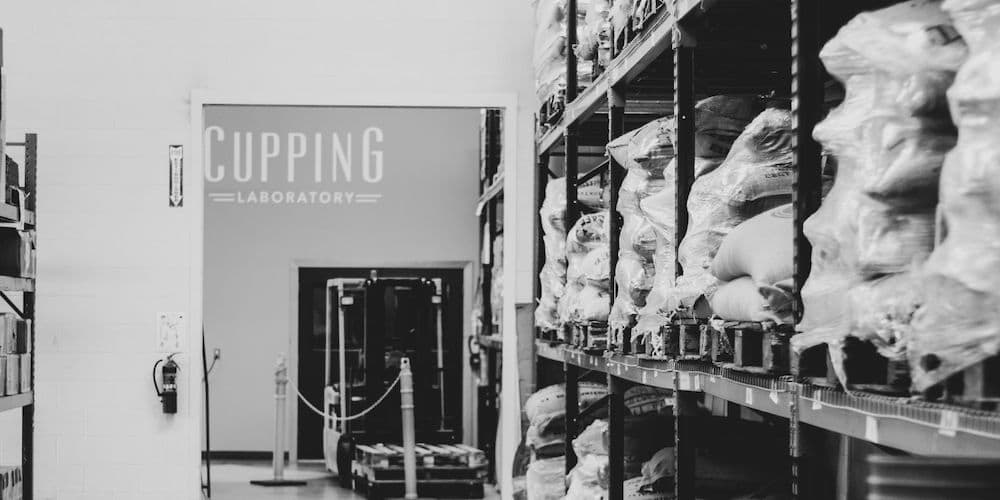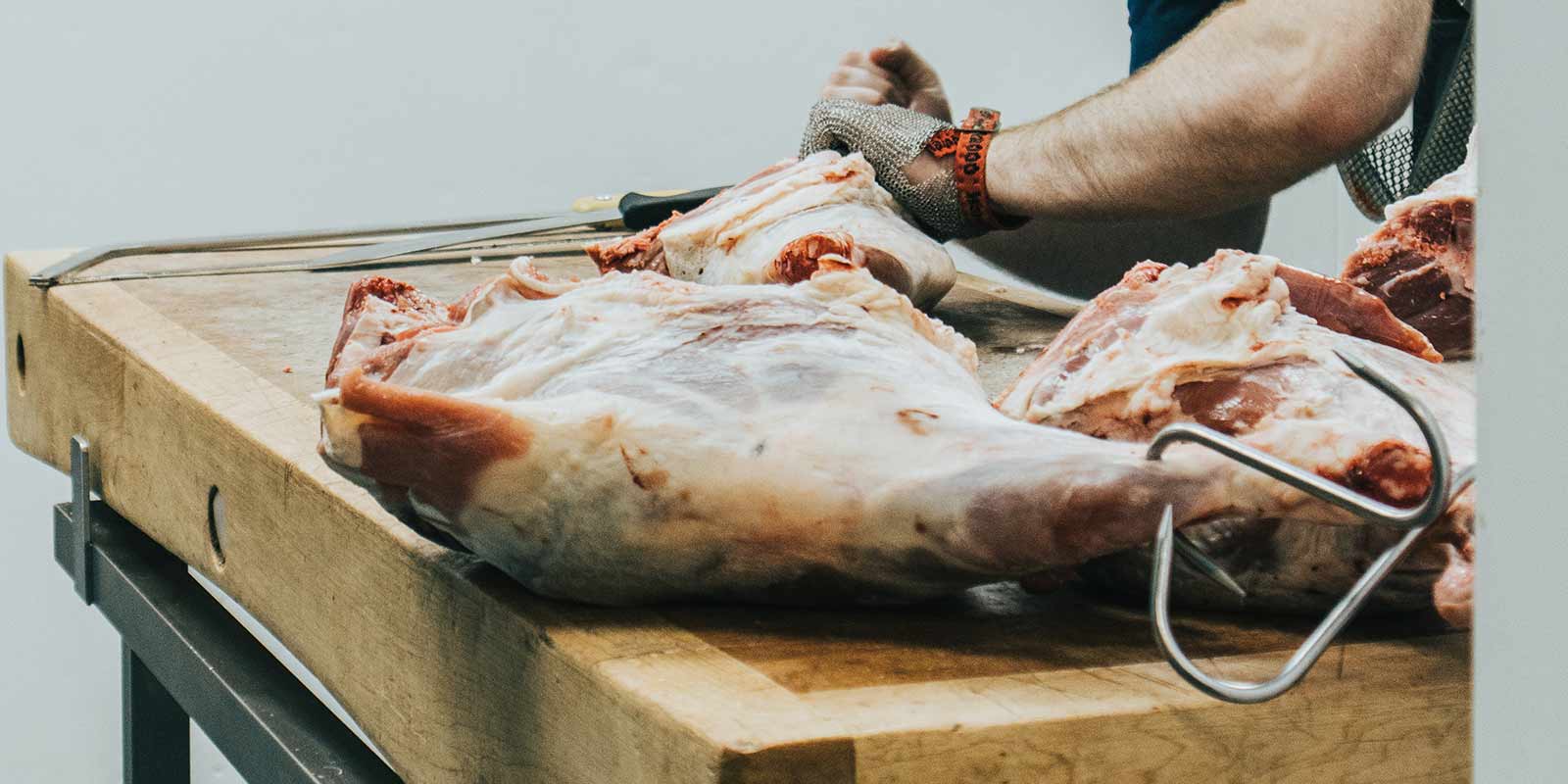Maintaining stringent hygiene standards in food processing is paramount to ensure product safety, comply with regulations, and uphold the facility’s reputation. Two primary cleaning methodologies—dry cleaning and wet cleaning—are employed to achieve these standards. Understanding the distinctions between these methods is crucial for selecting the appropriate cleaning strategy for your facility.
Dry Cleaning in Food Processing
Dry cleaning involves the use of dry materials to remove contaminants without the application of water. This method is particularly effective in environments where moisture can exacerbate microbial growth or where equipment is sensitive to water exposure.
Common dry cleaning techniques include:
- Vacuuming: Utilizing HEPA-filtered vacuums to remove dust and particulate matter.
- Brushing: Employing dry brushes to dislodge debris from surfaces.
- Compressed Air: Using low-pressure air to blow off loose particles.
- Alcohol-Based Cleaners: Applying sanitizers that evaporate quickly, leaving minimal moisture.
Advantages of dry cleaning:
- Prevention of Microbial Growth: Minimizes the introduction of moisture, reducing the risk of bacterial proliferation.
- Protection of Sensitive Equipment: Safeguards machinery and electrical components from water damage.
- Efficiency: Allows for quicker cleaning processes, reducing downtime.
Ideal for facilities such as:
- Bakeries
- Grain and cereal processors
- Dry storage areas
- Environments with sensitive equipment
Wet Cleaning in Food Processing
Wet cleaning employs water, detergents, and sanitizers to remove soil and kill bacteria. It’s commonly used in facilities that process moist, sticky, or perishable products.
Typical wet cleaning procedures:
- Pre-Rinsing: Removing loose debris with ambient water.
- Washing: Applying detergents to break down residues.
- Scrubbing: Using brushes or pads to agitate and dislodge contaminants.
- Rinsing: Thoroughly removing cleaning agents.
- Sanitizing: Applying a sanitizing solution to reduce microbial presence.
Advantages of wet cleaning:
- Effective Removal of Fats and Proteins: Particularly useful in meat and dairy processing.
- Comprehensive Sanitation: Facilitates a full sanitation cycle, including rinsing and sanitizing.
- Allergen and Microbial Control: Essential for facilities handling allergenic or perishable products.
Ideal for facilities such as:
- Meat and poultry processing plants
- Dairy processing facilities
- Beverage production plants
- High-risk zones requiring stringent hygiene standards
Choosing the Appropriate Cleaning Method
The selection between dry and wet cleaning methods depends on various factors, including the type of products processed, the nature of residues, and the design of the facility.
- Dry cleaning is suitable for environments where moisture introduction could lead to microbial growth or equipment damage.
- Wet cleaning is necessary for areas requiring thorough sanitation to remove greasy residues and ensure food safety.
In some cases, a combination of both methods may be employed to address specific cleaning needs within different areas of the facility.
Understanding the differences between dry and wet cleaning methods is essential for maintaining high hygiene standards in food processing. By selecting the appropriate cleaning strategy tailored to the specific requirements of each area within the facility, businesses can ensure product safety, comply with regulatory standards, and uphold their reputation for quality.





